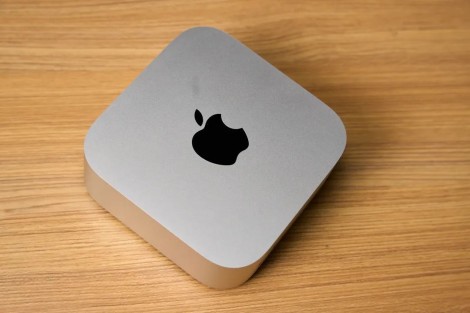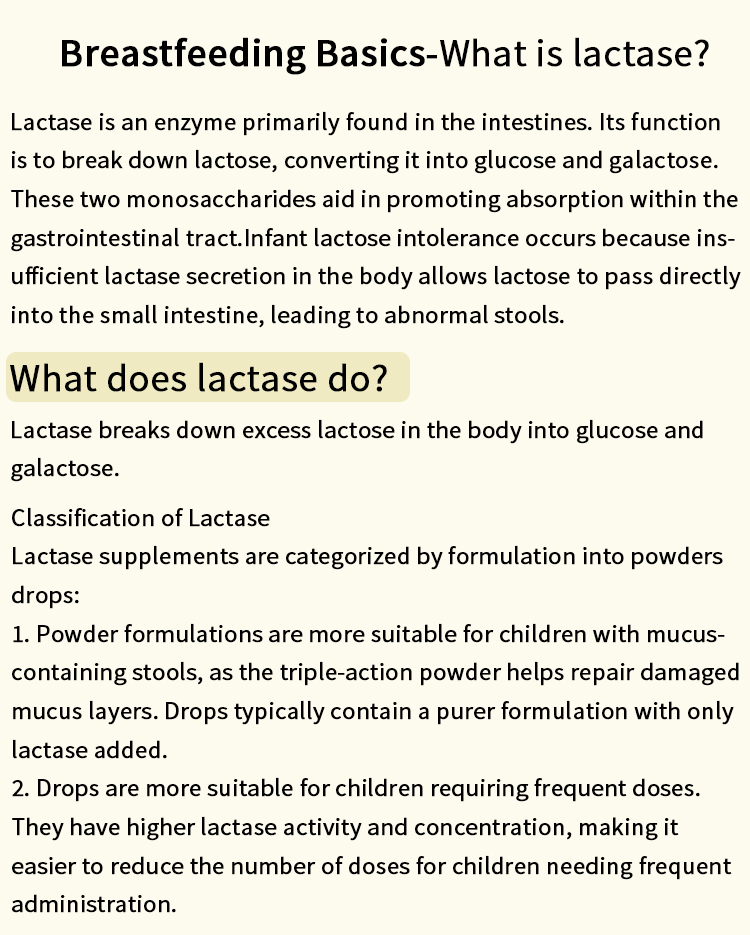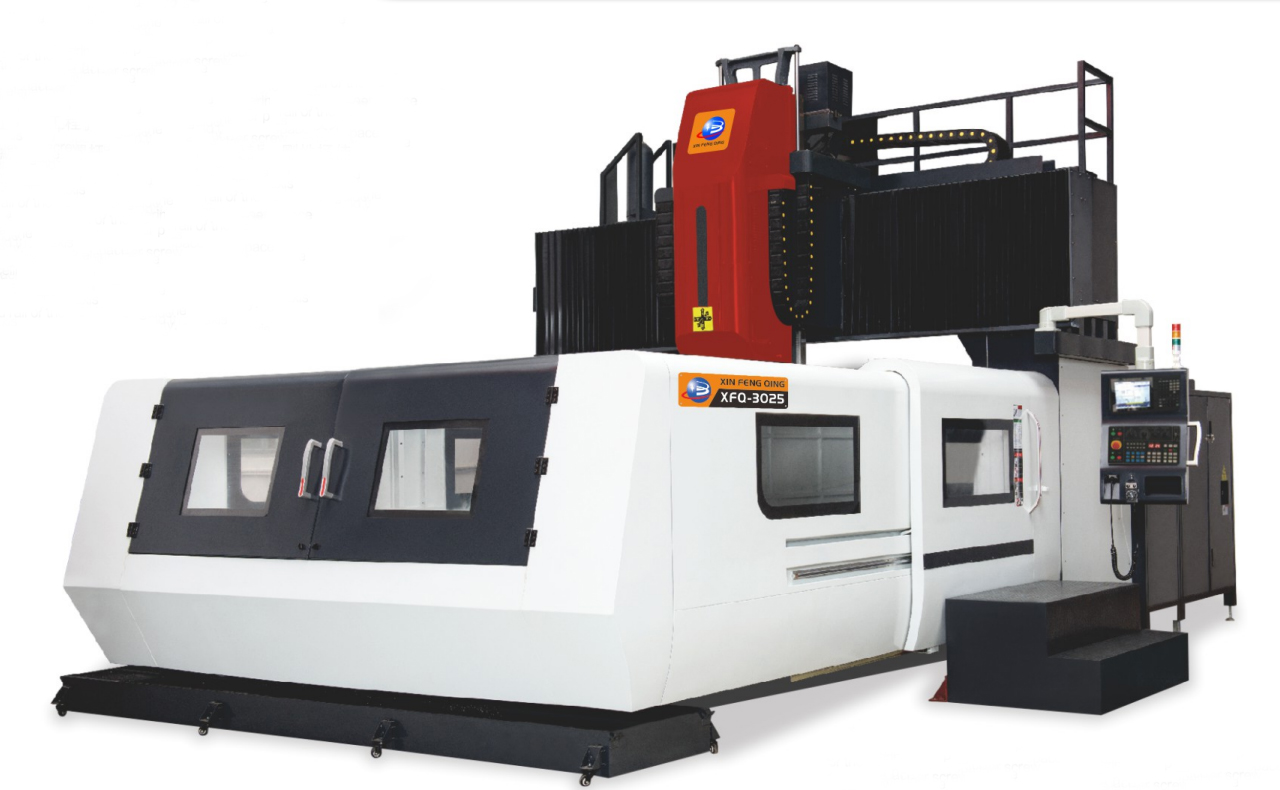When it comes to home and office printing solutions, HP printers have long been a popular choice due to their reliability, advanced technology, and extensive range of models. However, like any product, they come with their own set of disadvantages that potential buyers should consider before making a purchase. In this article, we will delve into the various drawbacks associated with HP printers, providing a nuanced understanding of the challenges users may face.
- Cost of Consumables
One of the most significant disadvantages of HP printers is the ongoing cost of consumables, particularly ink cartridges. HP's proprietary cartridges can be quite expensive, and users often find themselves spending a considerable amount on replacements. While HP offers high-yield cartridges that can reduce the cost per page, the initial investment remains high. Additionally, the company has been known to implement measures that limit the use of third-party cartridges, further driving up costs for consumers.
- Print Quality Variability
While HP printers are generally known for their quality, users have reported inconsistencies in print quality, particularly with color prints. Factors such as the type of paper used, the age of the ink cartridges, and even the printer's settings can affect output. This variability can be particularly frustrating for professionals who rely on consistent quality for presentations, marketing materials, or client deliverables.
- Software and Driver Issues
HP printers often come with proprietary software that is intended to enhance user experience. However, many users have encountered issues with software compatibility, especially when upgrading operating systems. Driver updates can be slow to roll out, leaving users with printers that may not function optimally with the latest software. Additionally, the installation process can be cumbersome, requiring users to navigate through multiple steps and prompts.
- Limited Connectivity Options
While many HP printers offer wireless connectivity, some models may lack the versatility that users expect in today’s digital environment. For instance, certain printers may not support direct printing from mobile devices or cloud services, limiting their usability in a fast-paced, tech-savvy world. Furthermore, users have reported connectivity issues, such as difficulty maintaining a stable Wi-Fi connection, which can disrupt workflow and lead to frustration.
- Physical Size and Design Limitations
HP offers a wide range of printers, but many of their models can be bulky and take up significant desk space. For users with limited space, this can be a considerable drawback. Additionally, some designs may not be aesthetically pleasing, which can be a concern for those looking to maintain a cohesive office or home environment.
- Customer Support Challenges
While HP provides customer support, users have reported mixed experiences. Some have found the support to be helpful and responsive, while others have faced long wait times and unhelpful responses. This inconsistency can be particularly problematic for businesses that rely on their printers for daily operations and cannot afford prolonged downtime.
- Environmental Concerns
As awareness of environmental issues grows, consumers are increasingly concerned about the sustainability of their purchases. HP has made strides in promoting recycling programs for ink cartridges and printers, but the overall environmental impact of their products remains a concern. The use of non-recyclable materials in some printer models and the energy consumption associated with their operation can deter environmentally conscious consumers.
Conclusion
While HP printers offer a range of features and benefits that make them appealing to many users, it is essential to weigh these advantages against the potential drawbacks. From high consumable costs and print quality variability to connectivity issues and customer support challenges, prospective buyers should consider their specific needs and circumstances before making a decision. By understanding the disadvantages of HP printers, consumers can make informed choices that align with their printing requirements and budget constraints.





+ There are no comments
Add yours